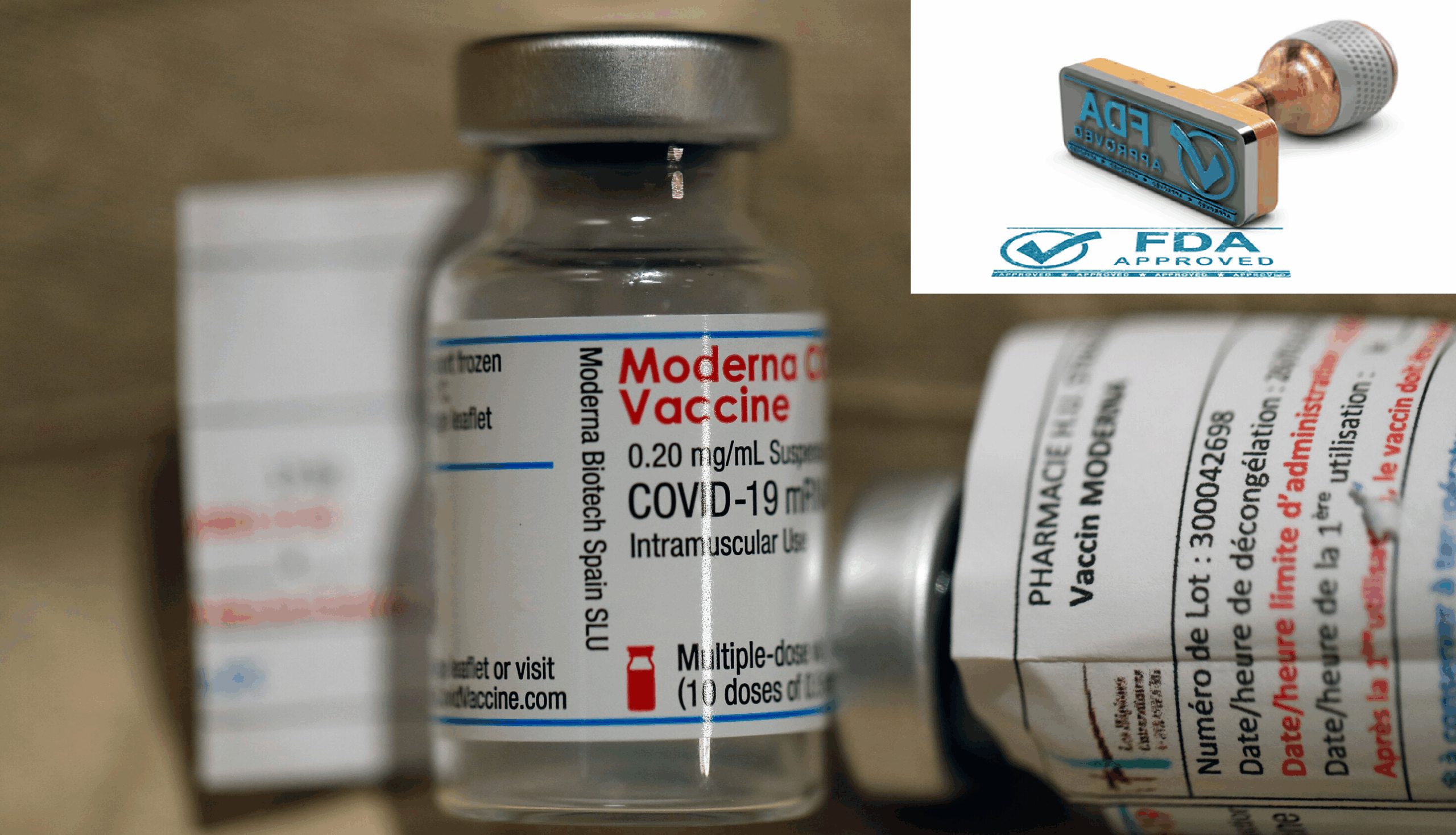Strength in Motion: Deploying for More Than Peace
In 2023 and 2024, the U.S. Navy increased its presence in the Southeast Pacific. This included a major deployment led by the USS George Washington (CVN-73) and the U.S. 4th Fleet. Officially, the operation—Southern Seas 2024—focused on regional partnership and humanitarian outreach. But behind the scenes, the real story was unfolding at sea.

U.S. forces quietly ramped up counter-narcotics operations, targeting drug smuggling routes and narco-submarines. These efforts were coordinated through Operation Martillo and Joint Interagency Task Force South (JIATF-S). The outcome? Roughly $8 billion in drug seizures and hundreds of arrests.
Why the Southeast Pacific?
The Southeast Pacific is a critical corridor for cocaine trafficking. This region covers waters off Colombia, Ecuador, Peru, and parts of Central America. Drug cartels use semi-submersible vessels, known as narco-subs, to transport massive loads of cocaine undetected. These vessels can carry several tons of cargo and are difficult to detect by radar.

In this region, Operation Martillo—launched in 2012—works to disrupt these trafficking networks. It’s a multinational operation involving 14 countries. JIATF-S, based in Florida, oversees coordination and intelligence gathering, combining U.S. Navy, Coast Guard, and foreign assets.
What Did the U.S. Navy Deploy?
The U.S. Navy deployed several key assets:
- USS George Washington (CVN-73): Provided air support, ISR capabilities, and acted as a command hub.
- Destroyers like USS Porter (DDG-78): Carried out patrols along trafficking hotspots.
- USNS John Lenthall (T-AO-189): Supplied fuel and logistics.
- Coast Guard cutters with LEDETs: Executed boardings and arrests at sea.
Partner nations—Colombia, Ecuador, and Panama—joined U.S. forces. They brought regional expertise and their own maritime fleets, boosting effectiveness.
Operational Successes: Disrupting the Flow
The operation delivered measurable results:
- $8 Billion in Drug Seizures: Most of it was cocaine, seized at sea during high-risk interdictions.
- Narco-Submarine Interceptions: Dozens of subs, some carrying up to eight tons of drugs, were tracked and stopped.
- Hundreds Arrested: Many were high-value targets linked to transnational criminal organizations (TCOs).

Advanced surveillance tools such as P-3 Orion aircraft and HC-130 Hercules were critical. These assets detected subs often scuttled by crews to avoid capture.
The Role of Operation Martillo and JIATF-S
Operation Martillo aims to deny cartels freedom of movement at sea. It relies on close cooperation between participating nations and U.S. military assets.
JIATF-S pulls intelligence from multiple agencies—DEA, FBI, CBP, and more. It uses a data-driven approach to predict and track smuggling routes. In 2023–2024, it played a central role in guiding Navy deployments and targeting operations.
Strategic Implications: Not Just About Drugs
This operation reveals a broader strategy:
- Force Projection: Deploying an aircraft carrier signals deterrence. It’s a clear message to traffickers and regional partners alike.
- Intelligence-Driven Strategy: The seizures reflect careful planning, not blind patrolling.
- Regional Influence: By integrating local navies, the U.S. strengthens alliances and extends its reach without appearing overbearing.
However, cartels are adapting fast. A 26-meter semi-sub found in Mexico carried nearly four tons of cocaine. As pressure grows at sea, traffickers may shift back to overland routes, increasing violence in Central America and Mexico.

Balancing Strategy and Diplomacy
These deployments may seem cooperative on the surface, but their true nature is tactical. To avoid political backlash, the U.S. presents these missions as humanitarian or diplomatic. However, the scale of drug interdictions suggests otherwise.
Still, this “diplomatic cover” is important. Latin American countries remain sensitive to U.S. military involvement. A cooperative face helps maintain trust, even as operations intensify.

To build on this momentum, a few key actions are necessary:
- Upgrade Surveillance: Invest in autonomous underwater drones and satellite monitoring to track evolving narco-sub designs.
- Strengthen Regional Navies: Provide training and tools so allies can patrol independently.
- Hit Land Pipelines Too: Complement sea operations with land-based strategies to prevent criminal activity from shifting inland.
- Keep Messaging Cooperative: Emphasize shared security interests to protect diplomatic relations.
Final Thoughts
The 2023–2024 U.S. naval mission in the Southeast Pacific was about more than goodwill. While partner visits and exercises occurred, the real objective was clear—cripple maritime trafficking and dismantle cartel infrastructure.
The strategy was smart, powerful, and well-executed. But it’s just the beginning. As traffickers adapt and tactics evolve, the U.S. and its allies must stay ahead—through technology, intelligence, and enduring partnerships.
Our Visitor






 Users Today : 16
Users Today : 16


